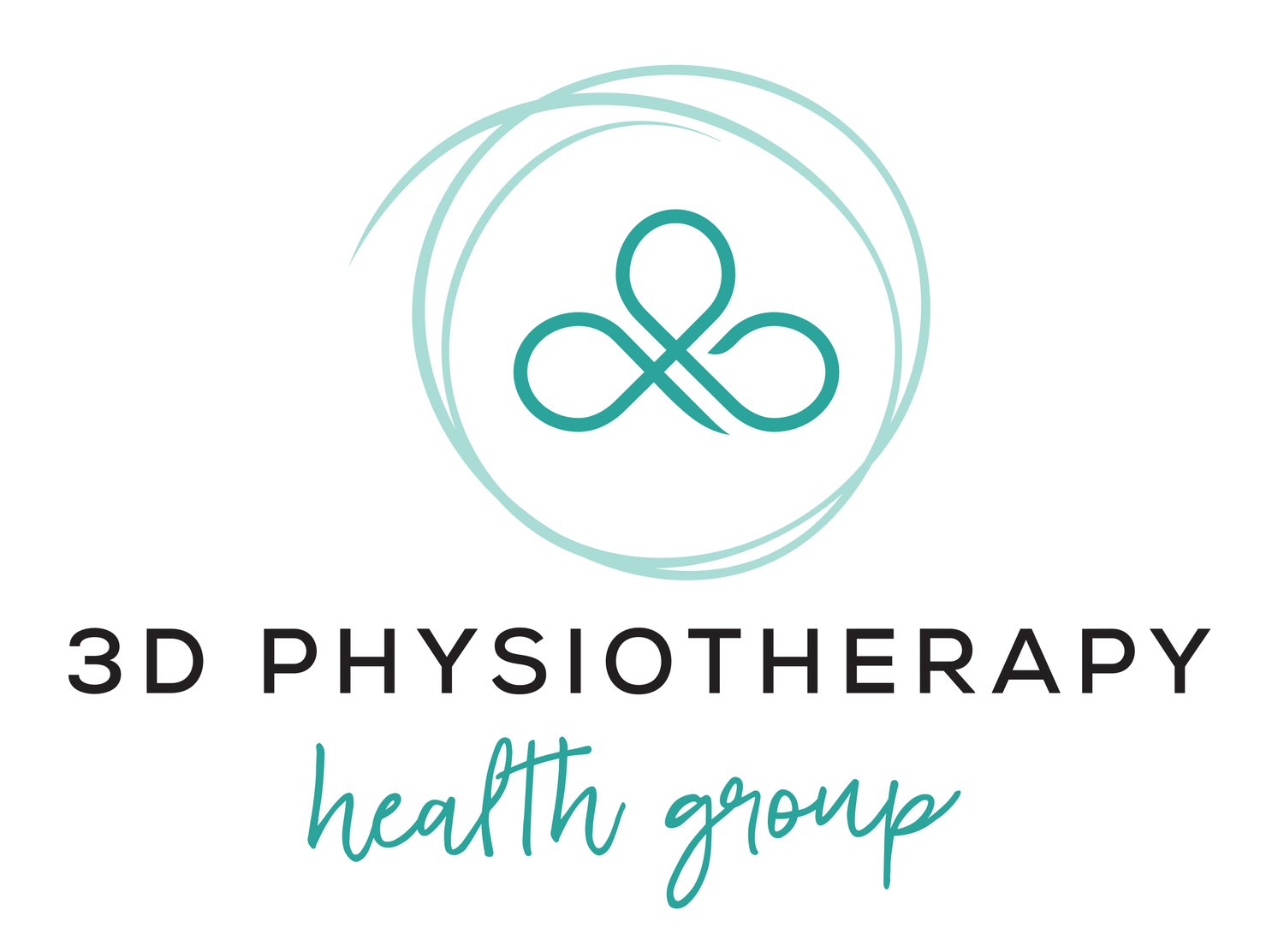Migraine…a headache and so much more
What is migraine?
Migraine is more than just a bad headache, in fact some people with migraine don’t have a headache at all. There is so much to unpack with migraine, so let’s try to break it down to be better understood.
There are lots of different types of migraines that people can experience, these can include:
Episodic migraine (less than 14 days with a migraine each month)
Chronic migraine
Migraine without headache
Menstrual migraine
Vestibular migraine
Abdominal migraine
To name a few…
Symptoms of migraine can include:
Head pain- generally one-sided, moderate to severe intensity, and can be aggravated by movement (ie: walking)
Nausea or vomiting (feeling sick or being sick)
Sensitivity to bright lights, loud noises or smells
Neck pain
Migraine can change as we age and over time, so some people can develop different types of migraines at different stages of their lives.
For those with migraine, about 40% will have some accompanying vestibular involvement which could include issues with balance and or dizziness.
What happens in a migraine attack to make it a neurological issue?
Migraine is a neurological (relating to the central nervous system which is the brain and spinal cord) event with a variety of symptoms experienced. It’s not completely understood as to the underlying mechanism causing symptoms. It is thought to occur due to changes in blood vessels and altered neural processing in the brain.
Migraine can be broken down into 4 phases (and not everyone will experience each stage). These include:
1. Prodome
Like the body’s warning sign. This could start hours or the day before a migraine comes on, with signs that could include yawning, food craving, neck stiffness, fatigue, depression, hyperactivity, irritability or difficulty concentrating.
2. Aura
This usually occurs just before a migraine comes on, and usually involves sensory symptoms- changes to vision, touch or smell. The most common one people would have heard of is a visual aura. Visual auras could be blind spots, blurred vision, light flashes or bright spots.
Other auras could include: tingling/numbness/weakness or issues with speaking
These symptoms generally don’t last too long and not everyone will experience auras.
3. Headache
Once this occurs, a lot of people having a migraine will tend to want to find a dark quiet room to lie down and be still. This is when the strong headache, with throbbing or pulsating sensation can occur, and can typically last 4 to 72 hours. During this time symptoms are usually worse when moving, and sensitivity to bright lights/loud noises can occur.
4. Post-dome
The body recovering the migraine experience. This post headache phase can find people feeling fatigued and often report feeling “like been hit by a bus”.
What is Vestibular Migraine?
Vestibular migraine can often be referred to as a dizzy-migraine, migrainous vertigo or migraine-related dizziness.
Vestibular migraine can include the following symptoms:
Vertigo (see our previous blog post on vestibular system to find out what vertigo is)
Nausea and/or vomiting (feeling sick or being sick)
Sensitivity to bright lights, loud noises or smells
Sensitivity to movement
Sensitivity to touch on the head or face
Aura (visual disturbance which could include flashing light, spots in vision or difficulty focussing)
Dizziness
Balance impairment
Usually also associated with a headache, but not always!
How is it diagnosed?
For Vestibular migraine diagnosis is made by a specialist (generally a neurologist) who considers your medical history, symptoms, and assessment. There is a lot of ruling out in determining a diagnosis of vestibular migraine, so tests could include scans (MRI or CT) or vestibular function tests and could include a few different medical professionals (Ear Nose and Throat/ENT, neurologists, GP).
How do you treat a migraine?
Knowledge is so powerful in the treatment of migraine. This includes knowing more about migraine, knowing your triggers and how to manage symptoms.
If you split migraine management into two, there is what to do in an acute attack, and a focus on prevention.
Prevention includes all things that are generally considered good for our overall health- including regular exercise, consistent sleep, good gut health (very important), managing stress and working out those triggers.
There are many things that can trigger migraines and knowing that what might be a trigger for one person, might not necessarily be a trigger for another. Common triggers can include:
Hormonal changes
Stress
Lack of sleep
Certain foods/drinks
Keeping a migraine diary can help identify triggers. Along with working out what your “threshold” might be. The threshold theory considers that a migraine could occur when a combination of factors line up and pushes you over the threshold.
Medications can be part of the management, either with an acute episode or as part of a preventative approach, which would be guided by you GP or specialist.
Physiotherapy for the management of migraine:
Vestibular rehabilitation involves individualised exercises to improve dizziness and balance by targeting the vestibular system. It has been shown to be effective in managing symptoms of vertigo and balance associated with vestibular migraine.
Frequently people also report neck pain as part of their migraine complex. This is where Physiotherapy can provide treatment to improve movement, reduce pain and target the upper cervical spine with massage, dry needling and stretches or exercises.
Education is the most powerful tool a Physio can give you in the management of your migraines.
Tuning in to what your body is saying is the key to understanding it’s needs and how to better manage your migraine. Physiotherapy input is one part of the puzzle to help with this.
Blog by Tegan French, Vestibular Physiotherapist
References:
Vestibular Migraine Fact Sheet. The Royal Victorian Eye and Ear Hospital, retrieved from https://eyeandear.org.au/patients-visitors/fact-sheets/vestibular-migraine/
Vestibular Migraine Article. VEDA, retrieved from https://vestibular.org/article/diagnosis-treatment/types-of-vestibular-disorders/vestibular-migraine/
Vestibular Migraine. The Migraine Trust, retrieved from https://migrainetrust.org/understand-migraine/types-of-migraine/vesibular/
Migraine- a common and distressing disorder. Migraine and Headache Australia, retrieved from https://headacheaustralia.org.au/migraine/migraine-a-common-and-distressing-disorder/





